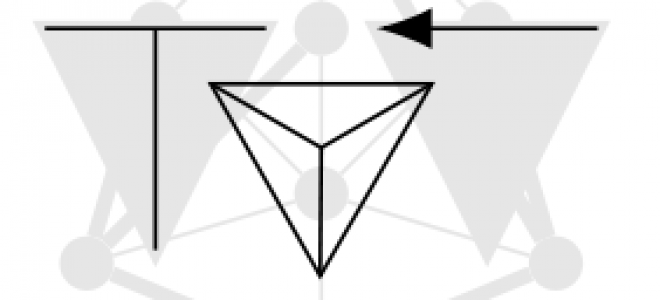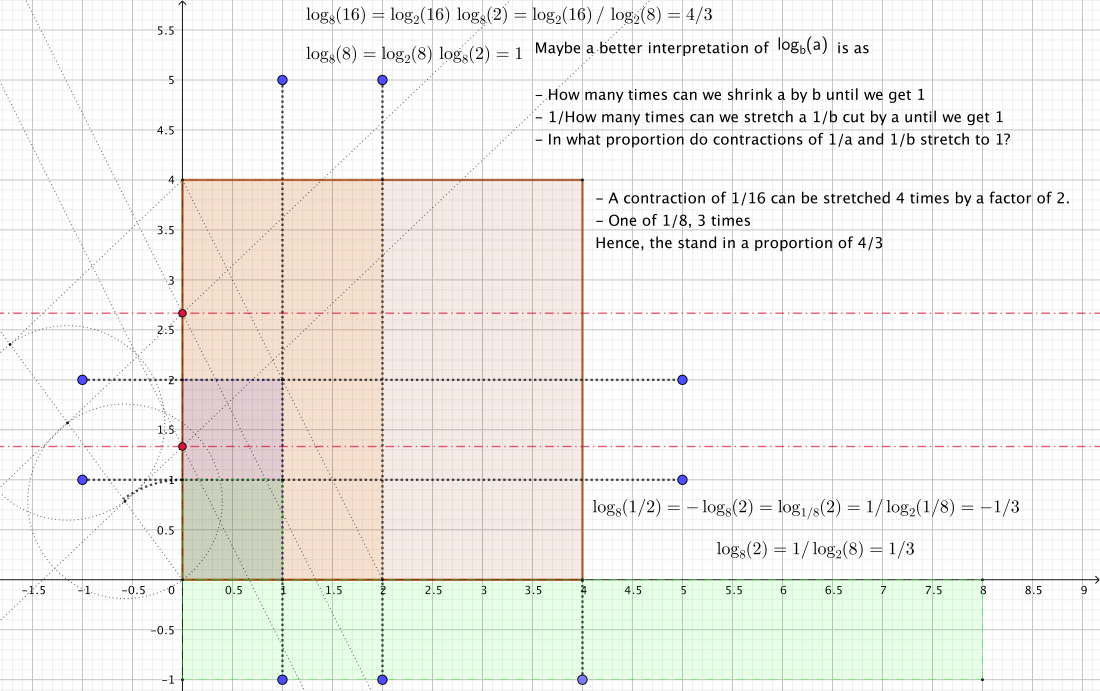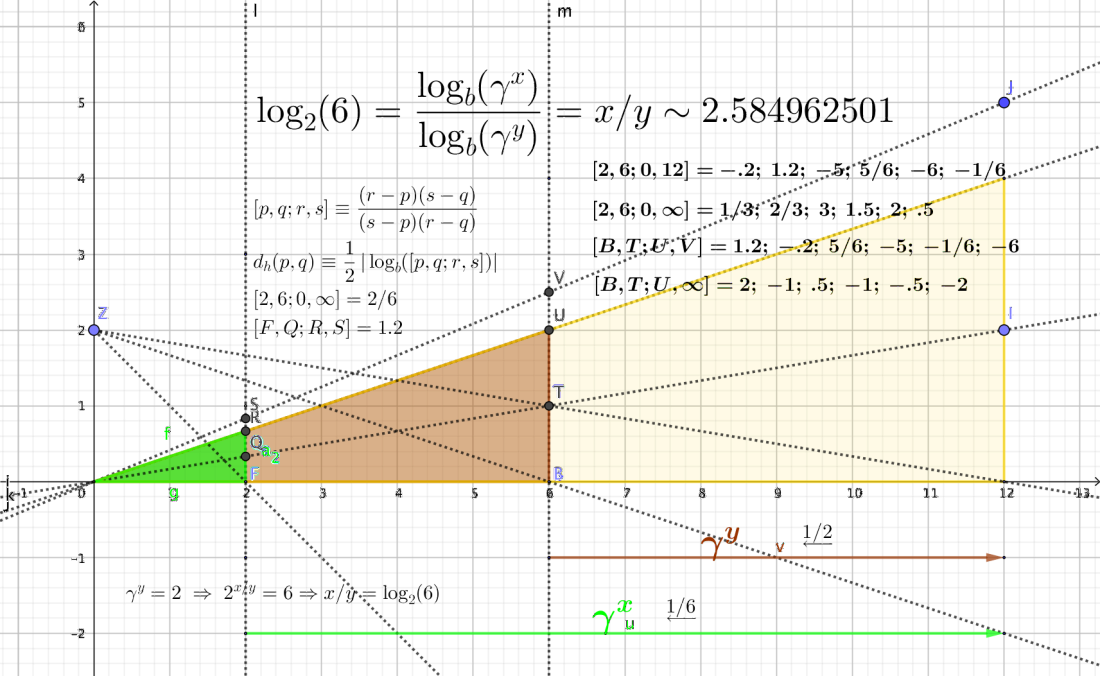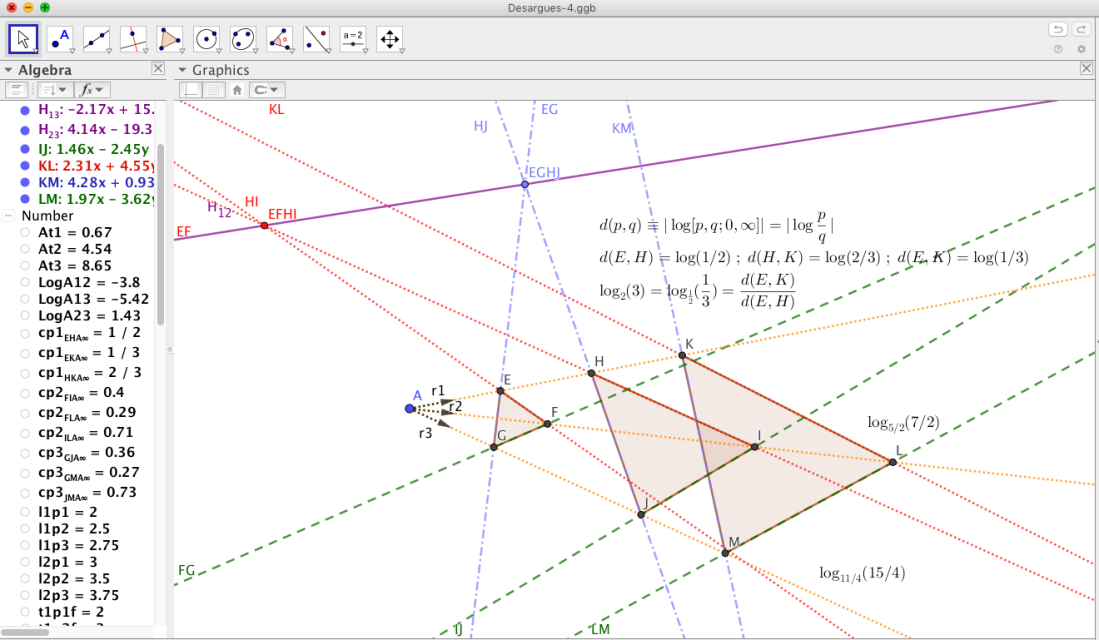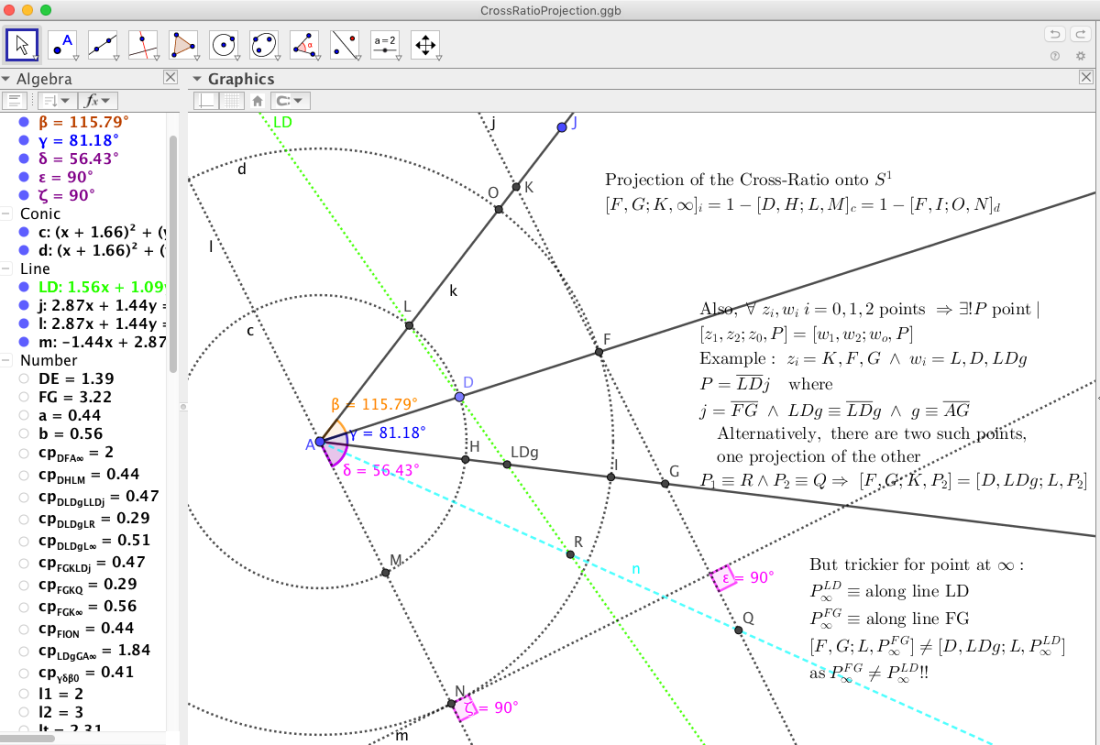Let’s call two players in a zooming game Alice and Bob. One player, say Alice, starts by zooming in or out a picture using the dial she’s been given. She tells Bob how many notches she turn hers -say
. Now Bob must undo that using his own dial. How much does Bob need to turn his dial to undo Alice’s zoom? Answer:
I recently added an answer to a question in math.stackexchange.org, and another one even more recently here, that wraps up my two previous posts on the logarithm. I copy the first answer below. The second is but a brief summary of the first.
The question was “how do you explain the logarithm to primary school students”?
As usual all answers directly dive into the concept of powers making use of course of different and interesting analogies to explain it. Alas, they all defuse a straight answer to the question “What is the logarithm?”.
Hence, once more, my point stays valid: Can we give them a straight answer that’s not in the form “the opposite of”?
I do think though I can provide a meaningful new perspective to the answers given so far. The only requirement is basic arithmetic. Let’s see.
Short answer.
Present the kid with the following riddle (set up whatever preface you want for making the challenge more appealing to the kid):
Riddle:
You a have bag of candies when you come across a friend who had a bad day and he’s sad. To cheer him up you divide your amount of candies in two equal-sized halves and you give one half to your friend and keep the other. You keep on walking when you meet another friend. She’s also sad. Again you divide the amount of candies you have in two halves and give one to this friend too. After a little while you find a third friend and you do the same. You keep doing the same with other friends until you have only one candy left. With how many friends can you split your candies?
Answer:, i.e., the logarithm in base
of the number of candies the kid starts with.
Long answer.
I posted a question a little while ago that may help further clarify my point. See here.
If the kid is at least in grade 9, I’ve successfully used this approach in introducing the concept of a logarithm. Also, a grade 12 student can easily use it to estimate arbitrary logarithms up to 1 decimal places.
the number of repeated divisions (
) / multiplications (
of
by
until you get a 1
Examples:
So the actual value is between
and
, although closer to the first. For guessing a value, let’s divide that interval in 4 parts. As we expect it closer to 1 than to 2, we can pick a guess like
. The actual value is
.
, hence again the value of this log lies in
. As
, we may guess the value as
. The actual value with one decimal is
.
- We can do better by first enlarging the number. Example:
. Now
can be divided by
six times before the result is smaller than
:
. That’s about half of
and as
, we’ll guess
. Hence,
. The actual value is
.
A geometric interpretation has to do with zoom levels. Let’s consider the following zooming game.
The rules are basically as follows. Two players compete against each other each in turns. Each turn is time constrained. Each player has access to a zoom-dial that controls the zoom level of a picture. Each dial works in a different scale. Say player 1’s dial zooms in(turn clockwise)/out(turn counter-clockwise) by a factor of 2, while that of player 2 by a factor of 8. That information is known to the players. What a player does to the picture the other has to undo. The first player that fails to undo a change in the allotted time loses the game.
Let’s call the players Alice and Bob. One player, say Alice, starts by zooming in or out the picture using the dial she’s been given. She tells Bob how many notches she turn hers -say
. Now Bob must undo that using his own dial. How much does Bob need to turn his dial to undo Alice’s zoom? Answer:
Addendum:
What does mean? When the base is smaller than one, the log refers to the number of times we multiply
by
until we get
. The result is convened to be written negative to indicate that the process to get to
is now through multiplications instead of divisions.
Summary:
The has to do with the number of steps needed to get to
starting on
with the only possible operations being multiplication
and division
by
.
Conclusions:
I’d say that both pictures, the samaritan and the zooming challenge, may be grasped by at least a teenager (grade 7 on…not sure when they start learning division nowadays).
The minimum requirement is just basic arithmetics. Of course, calculating estimates requires to be somewhat fluent in calculating some basic powers as well as commanding the fundamental rule of logarithms and that of the log of a power.
The persistent problem when explaining logarithms is that no straight answer is given, but instead a detour is taken by relating it to the exponential -worst is when referring to the log as the inverse of the exponential: Isn’t there a (non-written?) rule that an explanation of something should never be given in the form of “the opposite of” or “the negation of”? I, at least, feel that’s true. The approach I present introduces an exponential only implicitly.
Note added in proof: (Wed. Oct. 16 2019) I started thinking about how to introduce the log to grade 9 students around 2017-2018. However, only today it occurred to me to google for “logarithm as repeated divisions”. I found these references
1. Mathematics Teacher 251:30-33 · January 2016 that does exactly that! You can read the article in “https://www.researchgate.net/publication/306379874_Logarithms_-_a_meaningful_approach_with_repeated_division” but be careful, some ads may contain malware…
2. “Making Sense of Logarithms as Counting Divisions”, Christof Weber, The Mathematics Teacher, Vol. 112, No. 5 (March 2019), pp. 374-380. See link.
